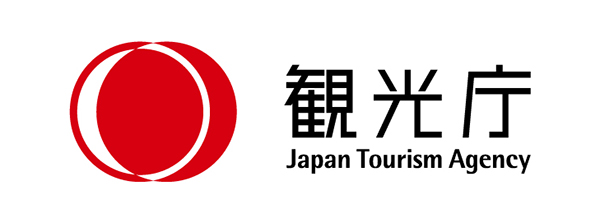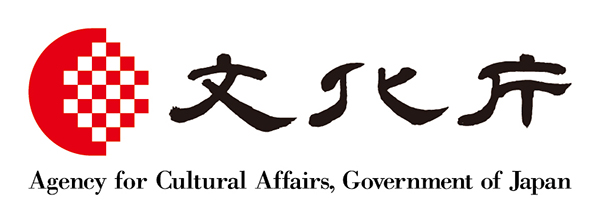【Important Cultural Property】
Mirror with Animals and Grapevines

This bronze mirror was produced in China during the Tang dynasty (618–907) and donated to Kasugataisha Shrine in 1331 by Emperor Godaigo (1288–1339). The decorated side, displayed here, was the back of the mirror. Its front would have been highly polished to create a reflective surface.
The main sections of the mirror are decorated with a variety of animals, including peafowl, phoenixes, galloping horses, shishi guardian lions, and otter-like mammals. In the background, butterflies float among grapevines that symbolize fertility and plenty. A dragon crouches in the center, creating an opening where a cord would have been attached to serve as a handle. The inner dividing ring is embellished with a row of small circles, while the outer ring is decorated with a pattern of palm leaves.
Bronze mirrors came to serve important political and religious functions after the Yayoi period (900 BCE–300 CE), when they were first made and used as sacred objects. One such mirror has been handed down through the imperial family as one of the three imperial regalia, and another is enshrined at Ise Grand Shrine. Mirrors like this one were very popular during the 600s and 700s, and several mirrors of virtually identical design have been unearthed throughout the country. Rather than being an archaeological artifact, however, this mirror has been carefully stored for centuries and is in excellent condition. For this and other reasons, it is designated an Important Cultural Property.

この英語解説文は観光庁の地域観光資源の多言語解説整備支援事業で作成しました。
